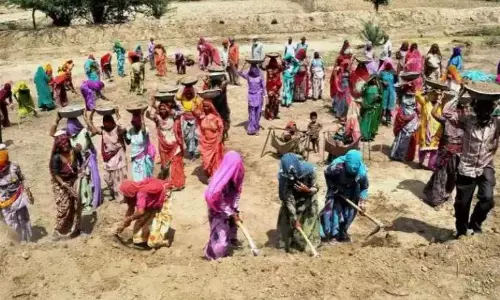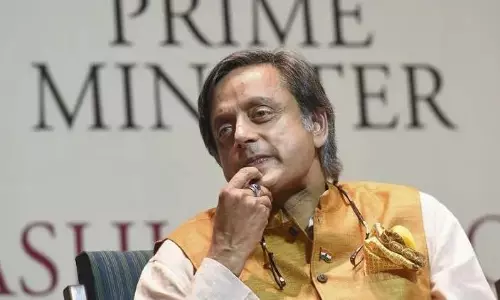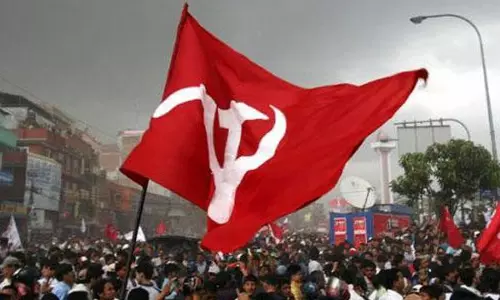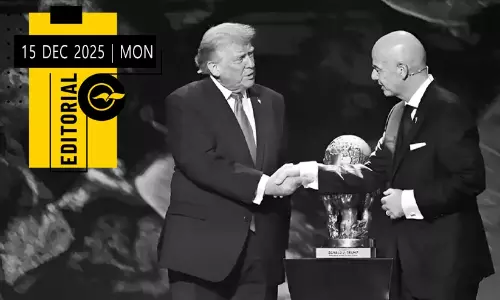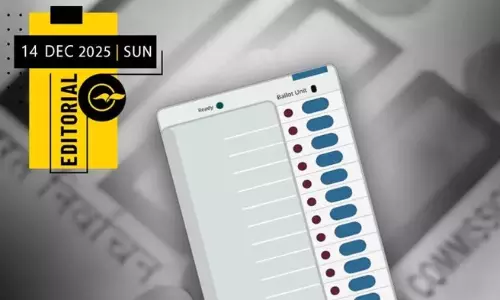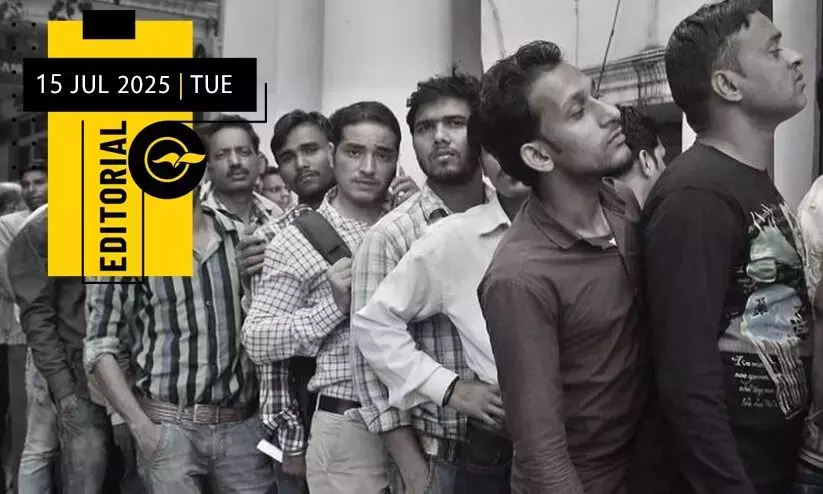
Who benefits from the E.L.I. scheme?
text_fieldsIn India today, neglecting and suppressing the people’s fundamental demand for dignified employment opportunities is no longer considered newsworthy. We now witness educated young men and women, unable to find jobs within the country, waiting for recruitment to conflict-ridden nations — some even falling prey to the mercenary racket of foreign military forces. Amidst this, the Union Government’s multi-crore employment schemes continue to spark great hope among the public. For those scorched by economic inequality, such job schemes are like a pot of water falling into the hands of the parched in sweltering heat. Earlier this month, the Union Cabinet approved the ₹99,466 crore Employment Linked Incentive (E.L.I) scheme, which the government has presented as a golden opportunity for workers. The Centre claims that the scheme, which offers benefits to both employees and employers and is designed to promote job creation in the manufacturing sector, can generate over 3.5 crore jobs within two years.
While the scheme sounds appealing on the surface, the version approved by the Cabinet has undergone significant revisions from what was initially announced in the 2024–25 Union Budget. The benefits will apply to employees newly appointed between 1 August 2025 and 31 July 2027 in establishments registered under the Employees’ Provident Fund Organisation (EPFO), as well as to employers who retain their registered employees for at least six months. Employers with fewer than 50 employees must appoint at least two new employees, and those with 50 or more must appoint at least five, and retain them for a minimum of six months to qualify for the benefit. The Federation of Indian Chambers of Commerce and Industry (FICCI) Director General Jyoti Vij, in articles published in various newspapers, praised the E.L.I. scheme as a bold policy approach—particularly in relation to the evolving Indian labour market and the manufacturing sector.
But is the government’s claim credible? Will even half the promised jobs materialise? Will this actually benefit workers? There are numerous questions that remain unanswered. While the scheme proposes to provide ₹15,000 per year for two years to newly appointed employees, it does not specify the minimum duration of employment. As a result, even job security beyond six months is not guaranteed. At the same time, employers will receive wage subsidies and EPF contributions for up to four years. In short, the scheme risks becoming a mechanism through which public funds—collected from even the unemployed youth—are used to pay the EPF share of employers. Without creating quality employment, this may be reduced to simply adding numbers to the EPFO payrolls. Figures like former Finance Secretary of India, Subhash Chandra Garg, have already stated that the E.L.I. is a prime example of the current administration’s flawed policy design. The Communist Party of India (Marxist) Polit Bureau has also alleged that the government’s real aim is to divert public funds into the hands of large corporate houses, calling it yet another example of the Modi administration’s crony capitalism.
The Prime Minister’s one crore internship scheme, grandly announced in the 2024 Budget to provide work experience in top companies for the country’s unemployed youth, already appears to have gone off track. Though the plan promised employment training opportunities in 500 of India’s top companies over five years, only 82,000 offers were made in the first round. It still remains unclear how many candidates actually received opportunities. The government is now trying to link this, too, with the E.L.I. scheme in an attempt to absolve large corporations of their responsibilities. With assembly elections approaching in states like Bihar, where unemployment is particularly severe, there is growing scepticism about whether this scheme will move beyond being a mere publicity stunt. A government that has heartlessly slashed funds for the Mahatma Gandhi National Rural Employment Guarantee Scheme—designed to alleviate poverty and ensure employment in rural India—is now appearing to use the pretext of youth employment to benefit large corporates. If that is the case, there can be no further delay in launching political efforts to question and correct the scheme.




